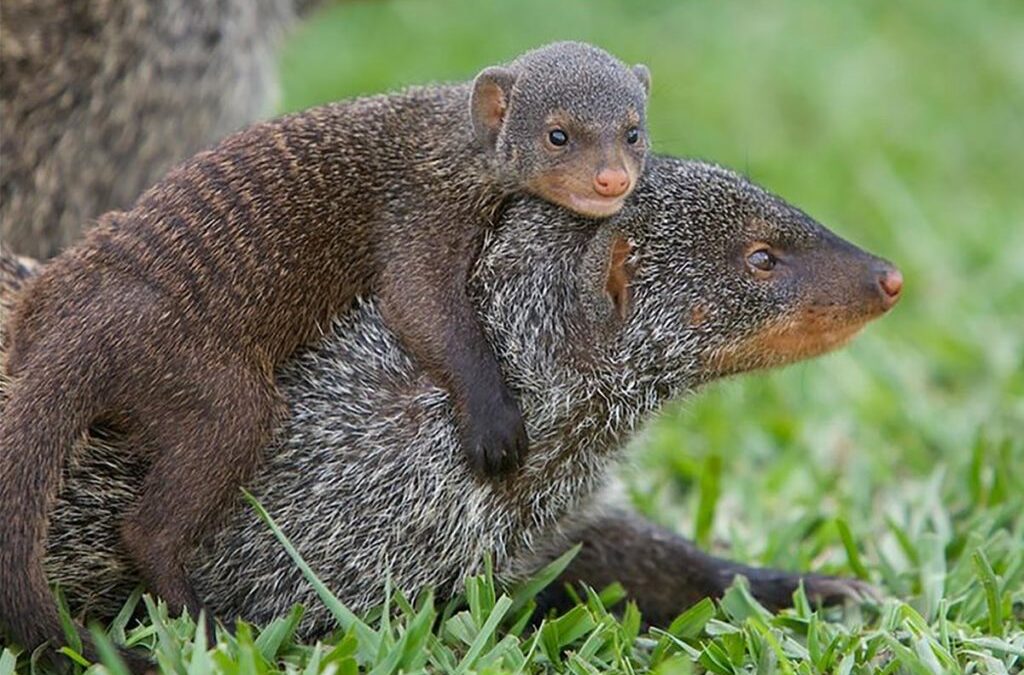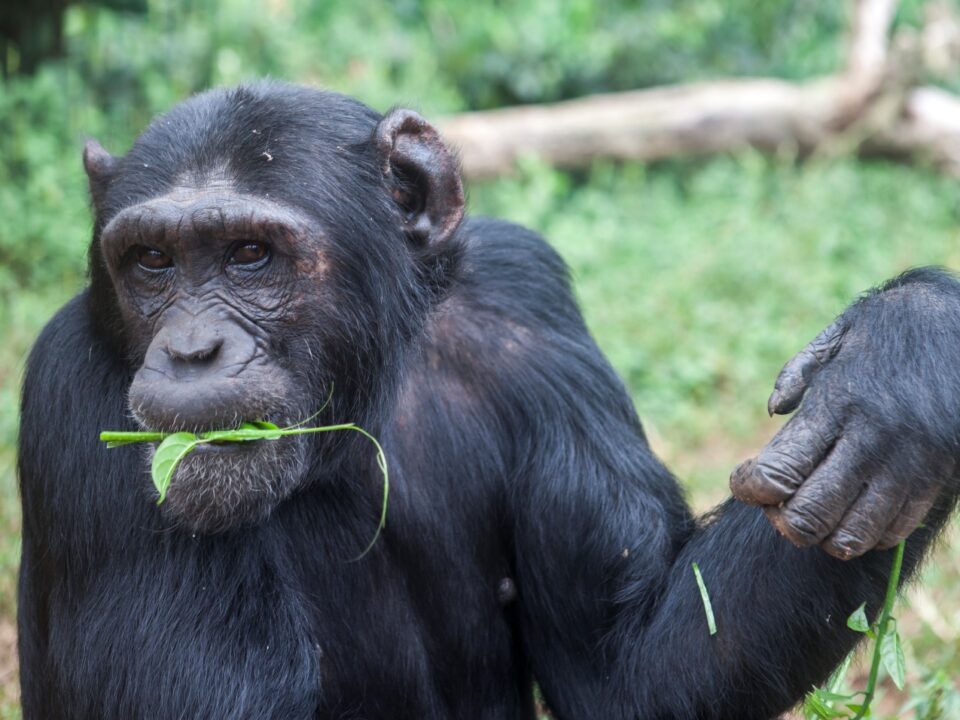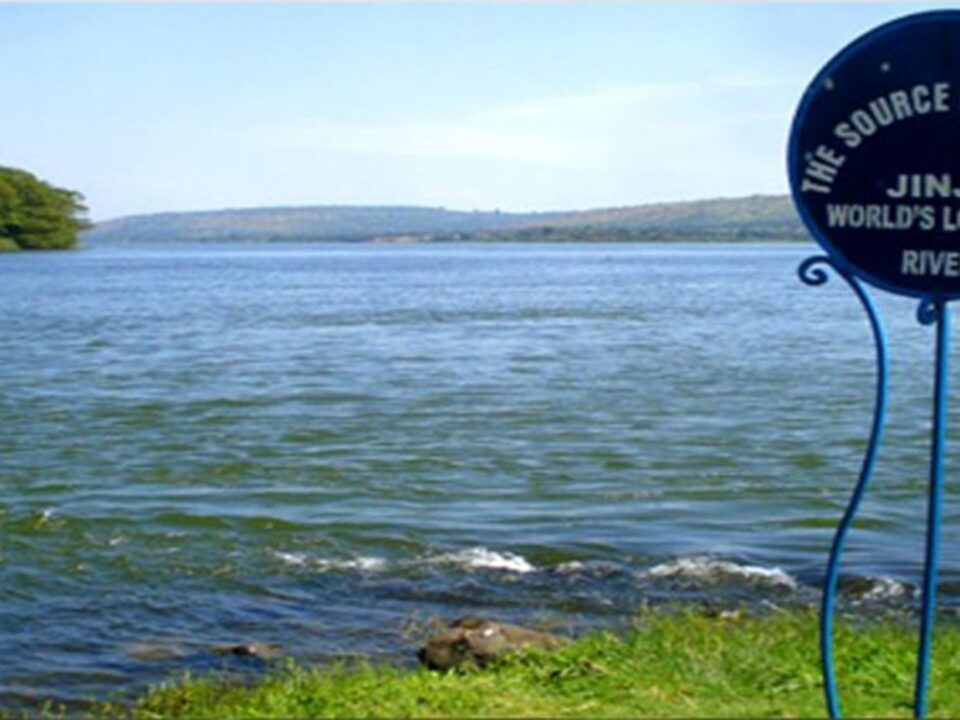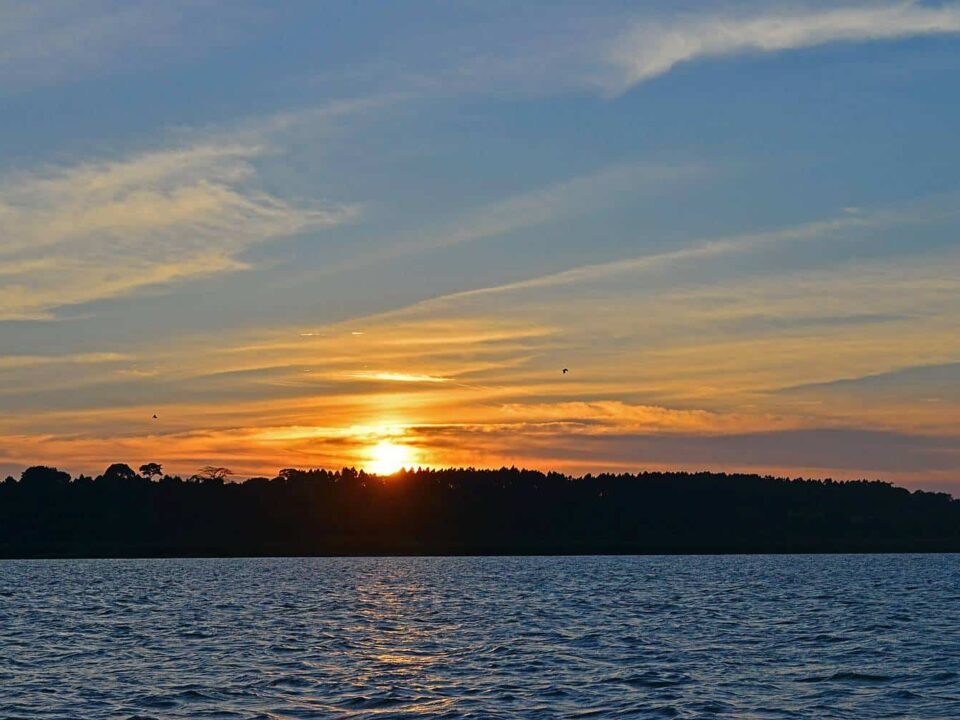Filming Mongoose in Uganda

Daily Life of Mountain Gorillas in Uganda & Rwanda
January 5, 2024
What is the Cost of Filming Permits in Uganda?
January 5, 2024Filming Mongoose in Uganda
Filming Mongoose in Uganda — Embark on a cinematic adventure with Trek Africa Expeditions, a local Ugandan company headquartered in Entebbe. We specialize in orchestrating safaris, tours, and wildlife filming in Uganda’s National Parks and reserves, acting as a conduit for our esteemed film crews. Our expertise lies in providing comprehensive logistical support, organizational prowess, and tailored advice based on the unique requirements of our clients for their planned shoots. Given our deep-rooted understanding of Uganda’s diverse ecosystems and wildlife, we stand as invaluable allies in bringing your filming aspirations to life.
Preserving Nature’s Treasures with Uganda Wildlife Authority
Uganda’s National Parks are safeguarded by the Uganda Wildlife Authority, a governmental body dedicated to wildlife conservation within and beyond these pristine landscapes. For those eyeing filming opportunities in Uganda’s National Parks, a requisite filming contract or memorandum of understanding with the Uganda Wildlife Authority is indispensable. At Trek Africa Expeditions, we extend our assistance to guide you through the entire process, ensuring a seamless and compliant arrangement.
Feel free to reach out to us for detailed information on processing requirements and comprehensive support to navigate these formalities effectively.
Filming Fees and Guidelines
A standard filming fee is applicable to the Uganda Wildlife Authority for shooting within National Parks, the amount contingent on the crew size and the duration of filming. As a general rule, an extended filming period attracts a reduced fee. Additionally, crews are expected to cover expenses such as vehicle and park entry fees, monitoring fees, and a refundable deposit, which is reimbursed upon submission of a DVD copy to the Uganda Wildlife Authority.
Focus on Queen Elizabeth National Park: Banded Mongoose Filming
One of the prime filming opportunities lies in Queen Elizabeth National Park, particularly with the Banded Mongoose. These captivating creatures have been habituated by researchers from the University of Exeter and can be found in Mweya, the northern sector of Queen Elizabeth National Park. They offer not only a spectacle for observation and research but also an enthralling subject for filming.
Banded Mongoose Filming Process
Filming the Banded Mongoose in Mweya peninsula necessitates prior permission from researchers, who maintain daily access to habituated mongoose families. A fee of USD 300 per day is payable to researchers, a crucial step that should be settled before the commencement of shooting. Approval from the Uganda Wildlife Authority is mandatory, requiring a filming contract or memorandum of understanding and filming permits.
Trek Africa Expeditions is your go-to partner in streamlining this process. We facilitate the acquisition of contracts, ensuring compliance with the Uganda Wildlife Authority’s guidelines. To initiate this process, an official letter addressed to the Executive Director of Uganda Wildlife Authority is essential. In the letter, articulate your identity, the purpose behind filming the Banded Mongoose, the timeline, and how this initiative contributes to wildlife conservation and tourism promotion.
Unveiling the World of Banded Mongoose
The Banded Mongoose, scientifically known as Mungos Mungo, is a diurnal mammal belonging to the herpestidae family. Living in mixed-sex groups, these creatures showcase a complex social structure with an average group size of twenty or more individuals. Families may even swell to seventy or more, encompassing multiple breeding males and females alongside adults and offspring.
Their unique reproductive dynamics involve no suppression of subordinate females, leading to synchronized breeding attempts where most females give birth on the same day. Pups, born underground, are guarded by designated members and later join the family on foraging trips. Throughout this journey, adult members, especially males, play crucial roles as caregivers and guardians, forming exclusive bonds with individual pups.
For detailed insights into filming the Banded Mongoose in Queen Elizabeth National Park, connect with Trek Africa Expeditions. We are committed to facilitating an immersive and ethical filming experience, ensuring both the well-being of the wildlife and the success of your cinematic venture.
Related posts
Female chimp Pasa, is photographed eating leaves in the Ngamba Island Chimpanzee Sanctuary in Lake Victoria, Uganda. Pasa, who has been on Ngamba Island since 2000, was surrendered to UWEC by a man from Arua who realized that he had broken the law by buying the infant chimp from a Congolese trader two weeks earlier. Pasa was named after the ‘Pan African Sanctuary Alliance’ which was formed during a workshop held in Entebbe at the time of her confiscation. This Alliance is working together to try and stop the root cause of the chimpanzee-orphan-crisis (bush meat trade and habitat destruction) She was approximately 6 months old on arrival so she needed 24- hour human care until she was strong enough to join the juvenile group on Ngamba. Pasa is now very settled but she still enjoys contact with her human caregivers, especially during the walk in the forest. 03/15 Julia Cumes/IFAW




